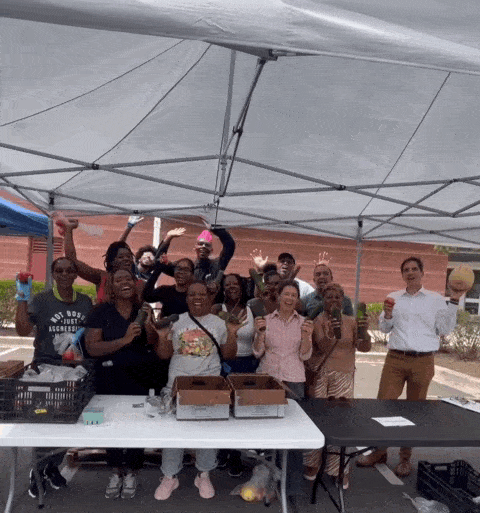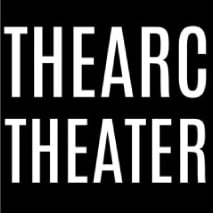Back to 11th Street Bridge Park Blog
Oramenta Newsome Fellowship
The Oramenta Newsome Fellowship allowed me to understand and contribute to the various layers and methods of community development. I first learned about the significance of collaboration in this field, between the public and private sector, but also between community based organizations and businesses that combine diverse talents to various development initiatives. I also learned to deeply analyze initiatives, and consider all outcomes before putting them into place; considering the positive impact, along with potential adverse effects that certain development projects can have on others. This experience has changed my perspective on the role of the public sector in development, and has shown me that there are government actors who are committed to equitable change. I enjoyed the awareness of Bridge Park staff, who considered potential negative impacts of the park, and proactively worked to address them, which further solidified my newfound perspective.
I have had the opportunity to lead the research for a pilot program where Bridge Park is providing access to air conditioning for people East of the River. Throughout this research, I had to dive deeply into public sector data and laws in order to understand HVAC regulations, and find ways to keep housing affordable despite us providing this “amenity”. I learned about the nuances of public v.s private housing, public-private partnerships, LIHTCs, and D.C HVAC laws from landlord to renter. There is significant collaboration between private owners and the government to establish affordable housing, and we were required to collaborate with both entities in order to maintain it.
Building this rapport with DCHA and private owners also helps the organization to combat potential rises in rent due to the construction of the park, which will undoubtedly be seen as a pillar of the community. Although the end product of their work will be the physical park, they are taking initiative in providing various resources for the community while the park is being built.
Additionally, there were sustainability government agencies that assisted with the purchasing and physical installments of environment-friendly air conditioners. The highlight of the fellowship for me was having the opportunity to present my findings to the Department and Energy and Environment (DOEE). After the presentation, many DOEE employees were invested in our work, and presented feedback that emphasized community consideration. Their assistance allowed us to give a resident of Ward 8 access to air conditioning inside of his apartment that reached 99 degrees fahrenheit. This tenant had preexisting health conditions that were further agitated by the heat in which he was forced to live. Seeing the beginnings of the pilot program made me realize that the private sector bridges the gap between the government and the community: finding more personable ways to resolve issues through their access to intimate community spaces.
It was not only the collaboration with the public sector that created change, but also the work that was done with community actors. I not only worked on the air conditioning pilot, but also had the opportunity to do programming and data tracking for a health and wellness series that we hosted throughout June, and a weekly produce giveaway from our campus farm at THEARC every Friday. These initiatives included the collaboration of small businesses and nonprofit organizations East of the River to provide diverse services for residents. The Health and Wellness program included classes hosted by fitness organizations, nutritional demonstrations done by local restaurants and caterers, and mindfulness classes conducted by wellness organizations. Food and Farm Fridays not only included food from the farm, but also meals and products from local small businesses. These partnerships exposed the community to various resources that are accessible to them, outside of just Building Bridges. I learned about the importance of collaboration with community members in order to create long lasting access to resources within their physical spaces.
My fellowship experience taught me that collaboration is the cornerstone of successful community development, embodying the essence of collective effort and shared vision. When diverse stakeholders—ranging from local residents and organizations to government entities and businesses—come together, they bring a wealth of perspectives, resources, and expertise that are crucial for addressing complex social challenges. This synergy not only fosters innovation and efficiency but also cultivates a sense of ownership and accountability among participants. Ward 8 faces various challenges and vulnerabilities, including the scarcity of shaded areas due to a lack of tree canopy, leaving residents exposed, and the limited access to healthy food options, with only a single grocery store serving a population of 80,000 people. Ward 8 faces various challenges and vulnerabilities; from the lack of access to air despite there being no tree canopy keeping residents shaded, or the singular grocery store within a population of 80,00 people. The strength derived from collaboration ensures that solutions to these systemic issues are both sustainable and inclusive. Embracing collaborative approaches paves the way for enduring progress and demonstrates that together, we are far more capable of creating meaningful, lasting change.

Bridge Park team on the last day of the June Workout Series in Anacostia Park.
BBAR X THEARC Farm X Volunteers after a successful Food & Farm Friday.






